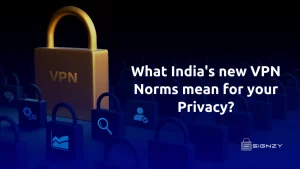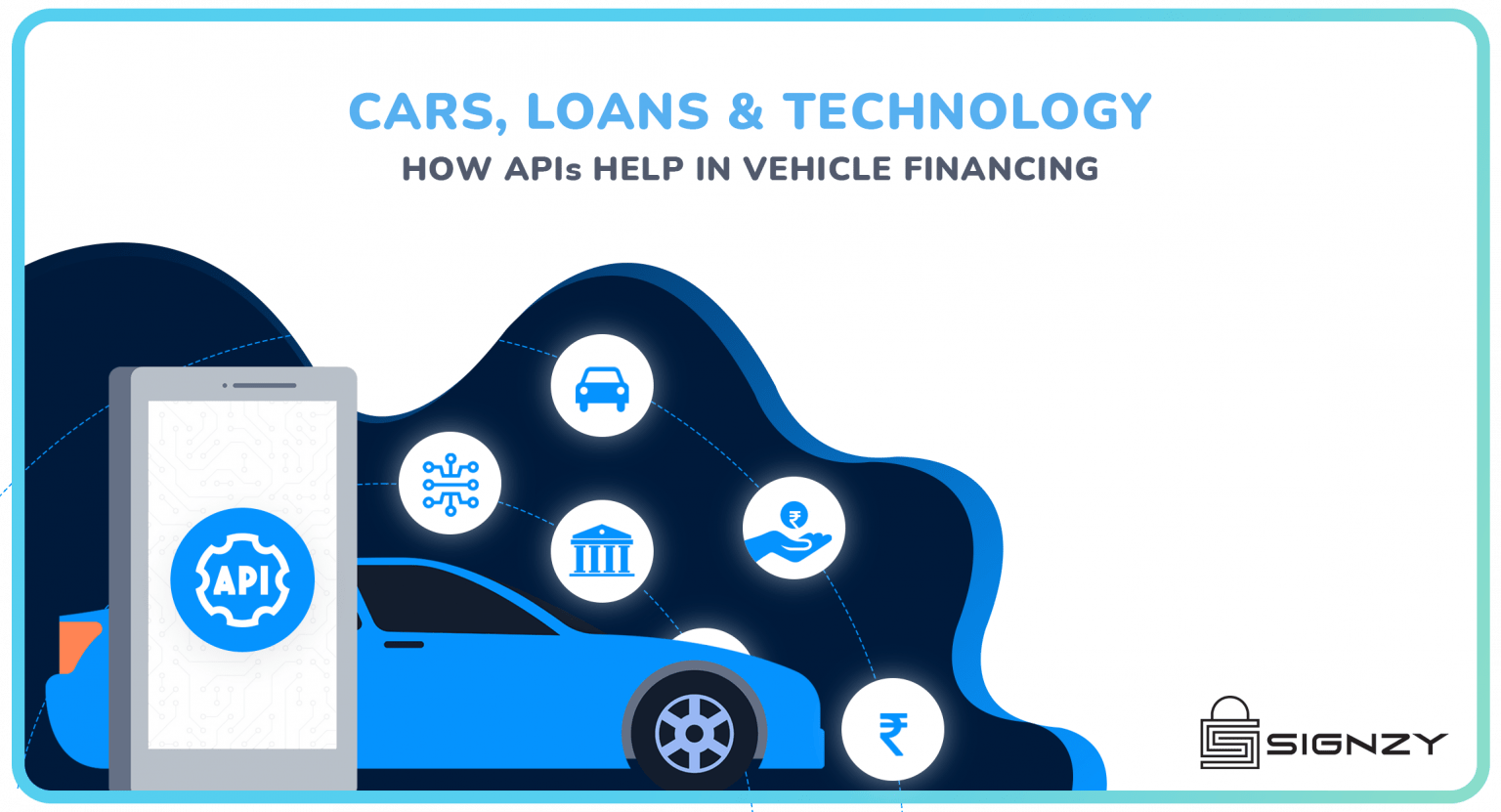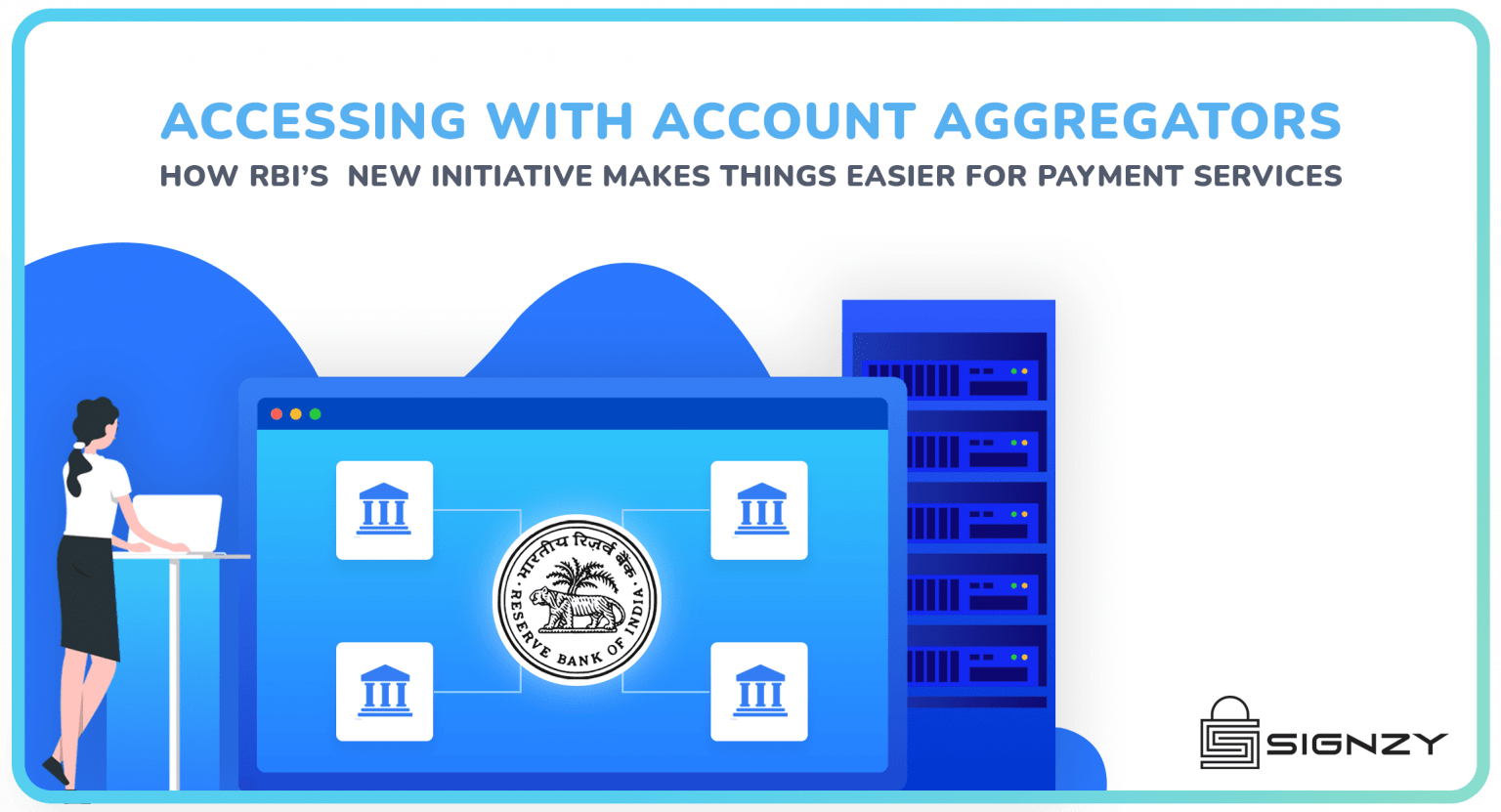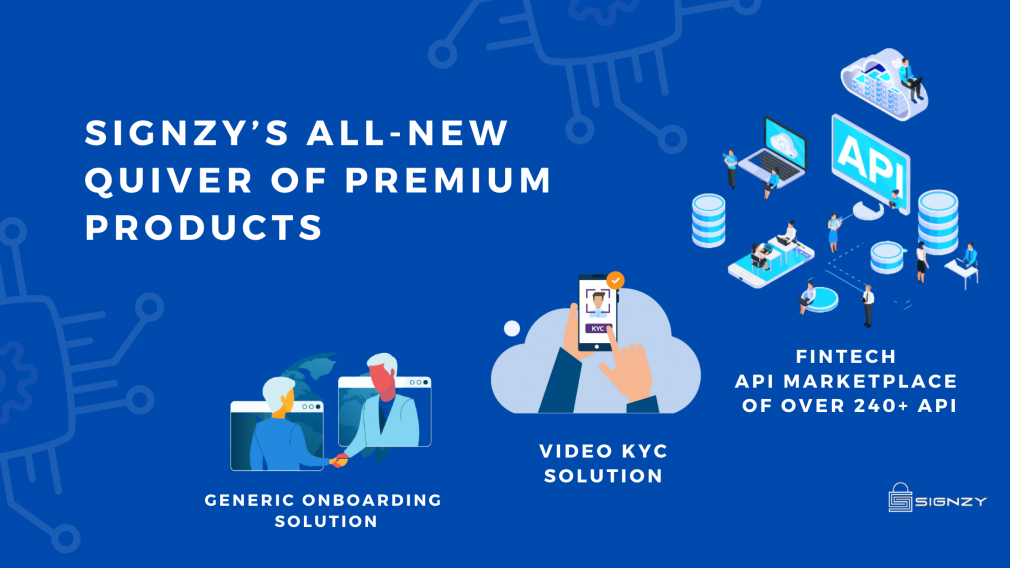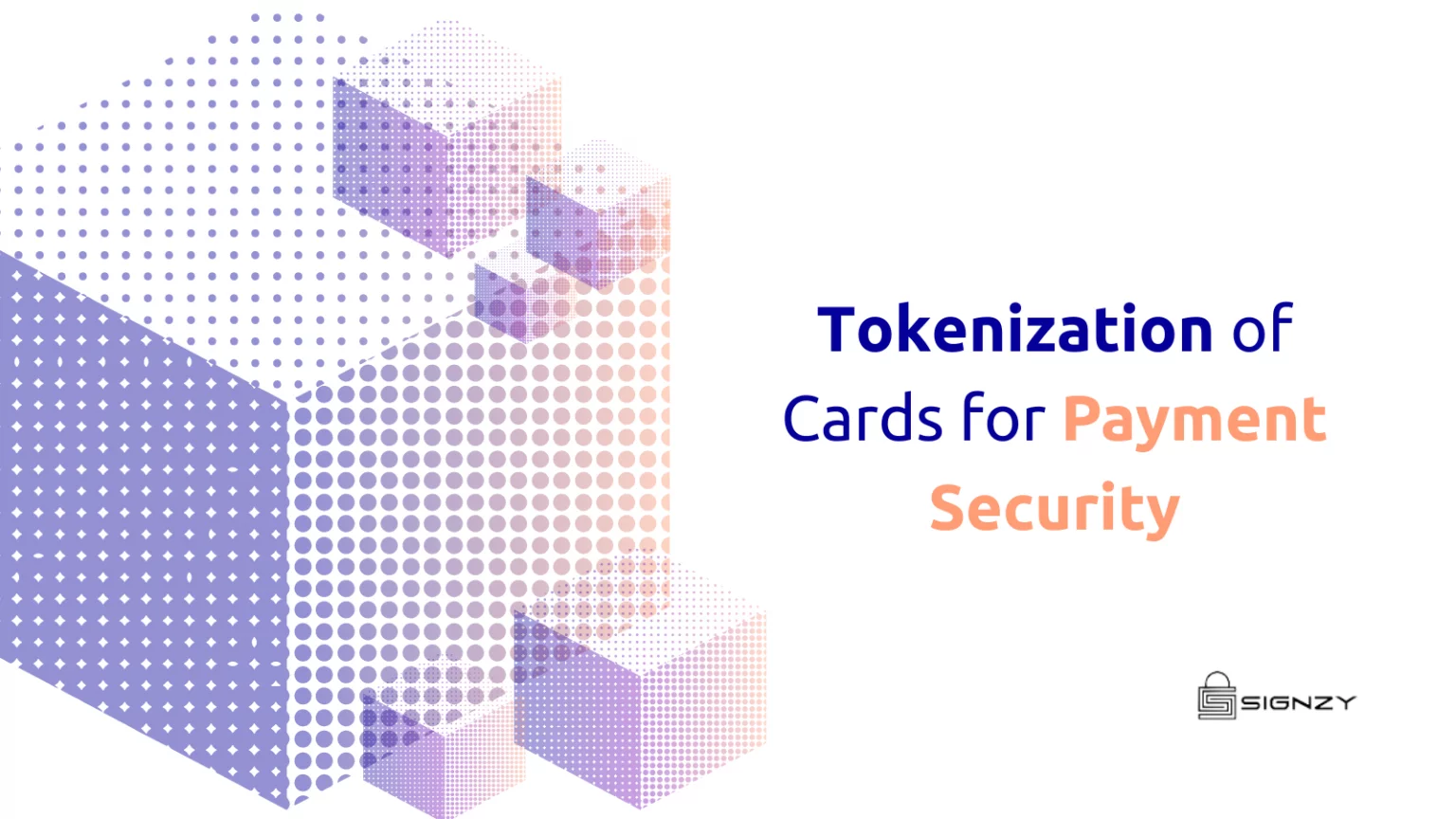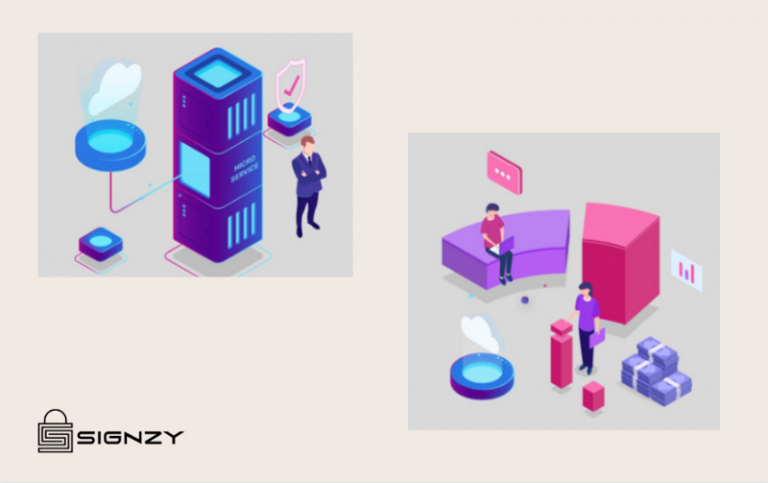Developing A Secure FinTech Application: Cybersecurity In FinTech
May 17, 2022
6 minutes read
When it comes to FinTech applications, cybersecurity is of paramount importance. In an industry where data security and privacy are of the utmost concern, any breach could have devastating consequences. That’s why it’s so important to make sure your FinTech application is as secure as possible.
But, how do you go about developing a secure FinTech application? Before you even start to think about that, we’d like to run you through some crucial stats:
- More than $50 billion are invested each year in FinTech
- 2 out of three transactions are made online
- By 2030, the global FinTech market is expected to be worth $698.48 billion, growing at a CAGR of 20.3% from 2021 to 2030.
- There are currently over 12,000 FinTech startups worldwide, with 500+ new FinTechs being created every year.
Now that you have a better understanding of the scope and significance of the FinTech industry, let’s take a look at how to develop a secure FinTech application.
But First, Cybersecurity!
How not to expose the personal data of nearly 145.5 million of your consumers in a single day, resulting in a $4 billion loss? Definitely don’t ask Equifax – a company that was responsible for one of the largest data breaches in history. The 2017 Equifax breach resulted in the exposure of names, Social Security numbers, birth dates, addresses, and driver’s licence numbers. But that’s not all – hackers also gained access to credit card numbers for more than 200,000 people and disputed documents with personal information for more than 182,000 people.
In short – it was a catastrophe. And it could have easily been avoided if proper cybersecurity measures were in place.
Secure FinTech Cybersecurity Challenges
When it comes to FinTech cybersecurity, there are a few key challenges that need to be addressed:
- Data Security And Privacy: In FinTech, data security is the top concern as 70% of banks consulted during the Sixth Annual Bank Survey. In the wake of high-profile data breaches, consumers are increasingly concerned about the security of their data. As a result, FinTech companies must go above and beyond to ensure that data is properly protected.
- Payment Security: With the rise of mobile payments, FinTech companies must be extra vigilant when it comes to payment security. Any breach could result in stolen funds or sensitive financial information.
- Fraud Prevention: The popularity of FinTech applications is contributing to the increase in cybercrime and fraud attempts. FinTech companies need to have strong fraud prevention measures in place to protect their customers.
- Employee security: In many cases, the weakest link in a company’s cybersecurity is its own employees. FinTech companies need to make sure that their employees are properly trained and educated on best practices for cybersecurity.
Secure FinTech Regulations And Policies
In addition to implementing strong cybersecurity measures, FinTech companies also need to be aware of the various regulations and policies that govern their industry. These include:
1. GDPR: The General Data Protection Regulation (GDPR) is a set of regulations that were introduced in 2018 to protect the personal data of individuals in the European Union. The GDPR applies to any company that processes or intends to process the personal data of individuals in the EU.
2. eIDAS: The European Union’s eIDAS regulation is a set of standards that govern electronic identification and trust services. The regulation applies to any company that offers electronic identification, signatures, or other trust services within the EU.
3. PSD2: The Payment Services Directive 2 (PSD2) is a set of regulations that were introduced in 2018 to improve the safety and security of online payments in the European Union. The PSD2 applies to any company that offers payment services within the EU.
4. PCI DSS: The Payment Card Industry Data Security Standard (PCI DSS) is a set of security standards that aims to protect the payment data of cardholders. The standard applies to any company that processes, stores, or transmits credit card information in any way.
5. APPI: The Association for Payment and Clearing Services (APPI) is a set of guidelines that were introduced in 2017 to protect the payment data of cardholders. The APPI applies to any company that offers e-commerce services within East Africa.
Secure FinTech Cybersecurity Solutions
So, how do you make sure your FinTech application is secure? Here are some tips:
1. Use Encryption
Data encryption is incredibly important when it comes to data security. As a FinTech company, you should never store your customers’ sensitive information in plaintext. Always use industry-standard encryption algorithms and protocols, such as 3DES or RSA – they can ensure that even if your data is stolen, it will be difficult for hackers to decipher and use.
2. Role-Based Authentication
Role-based authentication restricts access to data based on the user’s role (administrator, sales representative, etc.). This can help prevent unauthorized users from accessing sensitive information and make it easier for security teams to monitor access patterns.
With the varying access level requirements of different users within a FinTech application, role-based authentication can provide a seamless and secure experience that’s tailored to each user.
3. Multi-Factor Authentication
Multi-factor authentication adds an extra layer of security by requiring additional steps before authorizing access to data. This could include receiving a text message with a code or using biometric identification (fingerprint scanning, facial recognition software, etc.) to verify identity.
Multi-factor authentication also protects against phishing attacks, as it prevents hackers from accessing your application through fake login pages.
4. Short Login Sessions
Another way to increase security is to require users to re-authenticate after a period of inactivity. This will help prevent unauthorized access if a user’s device is lost or stolen.
Reduced session time can also reduce the risk of attacks that use brute-force methods to guess account credentials.
5. Force Password Change
Finally, to further protect your customers’ data, you may want to consider mandating users to change their passwords periodically. This can help prevent hackers from gaining access by guessing weak or compromised passwords.
To create a truly secure FinTech application, you must take these steps and leverage the latest cybersecurity technologies and best practices. And as always, make sure you partner with a trustworthy IT provider who will work with you every step of the way!
About Signzy
Signzy is a market-leading platform that is redefining the speed, accuracy, and experience of how financial institutions are onboarding customers and businesses – using the digital medium. The company’s award-winning no-code GO platform delivers seamless, end-to-end, and multi-channel onboarding journeys while offering totally customizable workflows. It gives these players access to an aggregated marketplace of 240+ bespoke APIs that can be easily added to any workflow with simple widgets.
Signzy is enabling ten million+ end customer and business onboarding every month at a success rate of 99% while reducing the speed to market from 6 months to 3-4 weeks. It works with over 240+ FIs globally, including the 4 largest banks in India, a Top 3 acquiring Bank in the US, and has a robust global partnership with Mastercard and Microsoft. The company’s product team is based out of Bengaluru, and it has a strong presence in Mumbai, New York, and Dubai.
Visit www.signzy.com for more information about us.
You can reach out to our team at reachout@signzy.com
Written By:

Signzy
Written by an insightful Signzian intent on learning and sharing knowledge.



